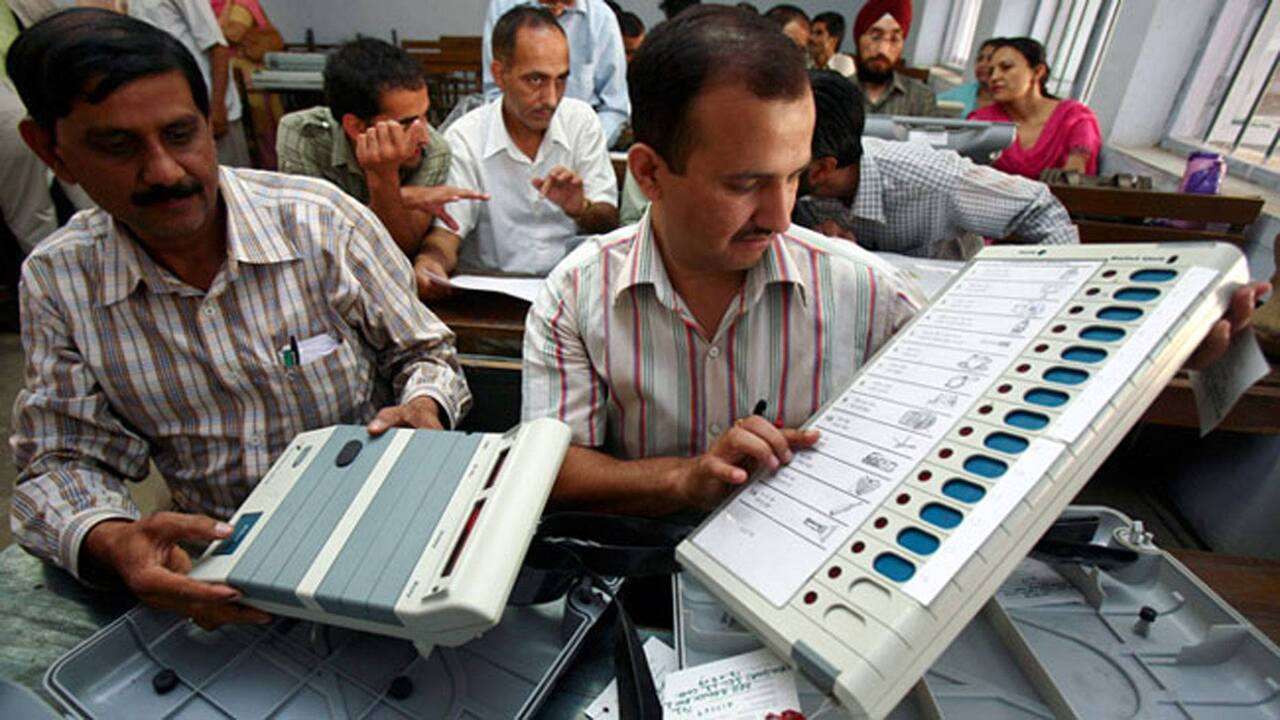
Exit polls begin with the help of different media agencies just before the results when the last phase of voting ends. This helps in gauging the mood of the country even before the official results. The results of exit polls remain at the center of political discussions until the official results are announced after the voting is over. However, this is not always the case that exit polls are accurate. There have been instances in the past when exit polls have failed to capture the mood of voters. The experience so far suggests that the exit poll often presents a broader picture of the election results but remains far away from the results after counting. Let us explain how the exit polls successfully suggested the correct view of the results and how often they failed.
Exact exit pollIn the Lok Sabha elections 1996, the exit poll of CSDS indicated a fractured mandate. When the election results came, they were found to be very accurate. This was the same election in which the BJP emerged as the largest party. However, it not close to the majority at that time. Atal Bihari Vajpayee formed the government at that time, but his government fell within 13 days. After this, HD Deve Gowda and Indra Kumar Gujral formed the UPA government.
Similarly, during the 1998 Lok Sabha elections, the estimates of most exit polls were correct. In all exit polls, the BJP-led coalition was said to have more than 200 seats close to the majority. In comparison, the Congress-led coalition was projected to have fewer than 200 seats. When the results came, BJP + got 252, Congress + 166, and other parties got 119 seats.
If we talk about exit polls during the last Lok Sabha elections in 2014, most of the estimates were correct. In most exit polls, the BJP-led NDA was said to be close to forming the government. When the results came, the BJP got a majority on its own, and the NDA won 336 seats. The Congress party was reduced to 44 seats.
When exit polls failed in estimating resultsThe estimates of exit polls were mostly correct during the last Lok Sabha election, but before that, exit polls had failed miserably in 2 consecutive general elections. The most talked-about failure of exit polls is in 2004. At that time, in most exit polls, the NDA government led by Atal Bihari Vajpayee was predicted to come back to power, but the results were completely reversed. The NDA got 189 seats, and the Congress-led UPA got 222 seats, and Dr. Manmohan Singh became the Prime Minister.
After 2004, exit polls also failed in the next election, i.e., 2009. In most exit polls, it was said that the UPA would get an edge over the NDA, but no one had predicted that the Congress alone would cross the 200 mark. When the results were declared, Congress alone got 206 seats, and the UPA got 262 seats.
Likewise, during the 2015 Bihar Assembly elections, exit polls proved a complete failure to make correct estimates. BJP + was said to have the edge over the JDU-RJD alliance in all exit polls, but the results were reversed. The BJP was reduced to + 58 seats, while the JDU-RJD alliance won 178 seats.
When did the opinion poll start?Although the trend of opinion polls started in 1940, it started in India in 1960. The Center for the Study of Developing Societies (CSDS) started exit polls in India. In 1980, journalist Pranab Roy surveyed to gauge voters' mood. This is considered as the formal start of exit polls in India.